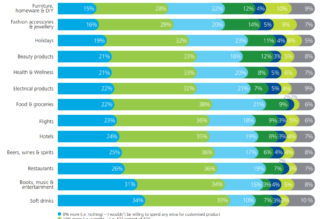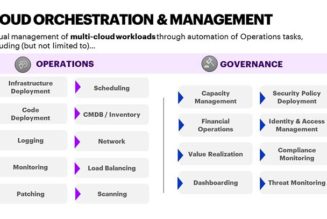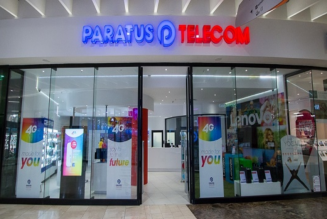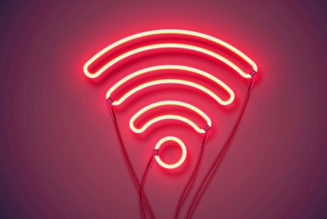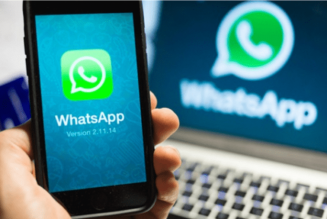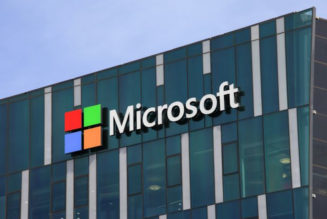Mobile data traffic in Sub-Saharan Africa is estimated to grow by almost 6.5 times the current figures, with total traffic increasing from 0.87EB per month in 2020 to 5.6EB by 2026.
Meanwhile, the average traffic per smartphone is expected to reach 8.9GB over the forecast period – this according to the Ericsson Mobility Report.
As the demand for capacity and coverage of cellular networks continues to grow, service providers are expected to continue investing in their networks to cater for this uptake and meet evolving consumer requirements.
In Sub-Saharan Africa, mobile subscriptions will continue to grow over the forecast period as mobile penetration today, at 84 percent, is less than the global average. LTE is estimated to account for around 15 percent of subscriptions by the end of 2020.
“This latest edition of our Mobility Report highlights the fundamental need for good connectivity as a cornerstone to cater for this uptake as the demand for capacity and coverage of cellular networks continues to grow across Africa,” says Fadi Pharaon, President of Ericsson MEA.
“Investing in network infrastructure and optimizing spectrum assignments to deliver expansive 4G connectivity, paving the way for 5G, are critical requirements to consider in this journey and to accelerate digital transformation across the continent. We will continue to invest in our technology leadership and offer our state-of-the-art infrastructure solutions to help our customers seize the opportunities that connectivity will bring to Africa.”
Over the forecast period, mobile broadband subscriptions in Sub-Saharan Africa (SSA) are predicted to increase, reaching 76 percent of mobile subscriptions. Driving factors behind the growth of mobile broadband subscriptions include a young, growing population with increasing digital skills and more affordable smartphones. Over the forecast period, distinct volumes of 5G subscriptions are expected from 2022, reaching 5 percent in 2026.
While 5G and LTE subscriptions will continue to grow over the next 6 years, High Speed Packet Access (HSPA) will remain the dominant technology in SSA with a share of over 40 percent in 2026.




